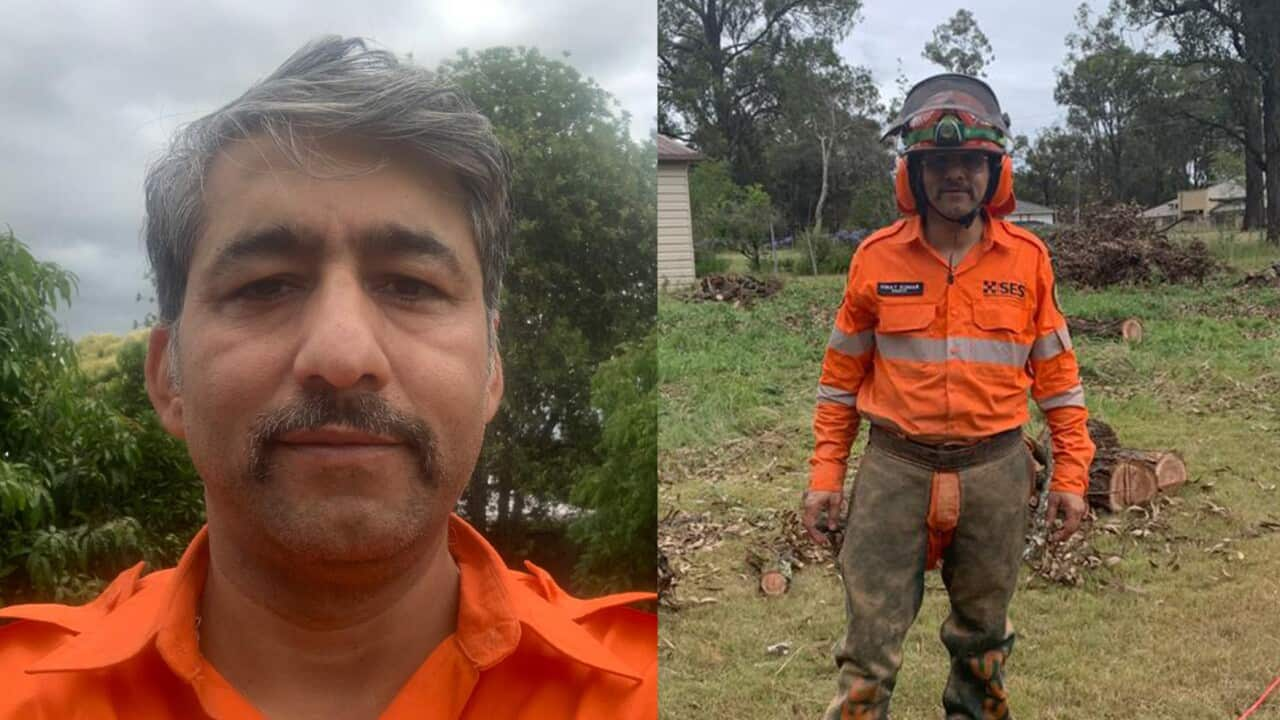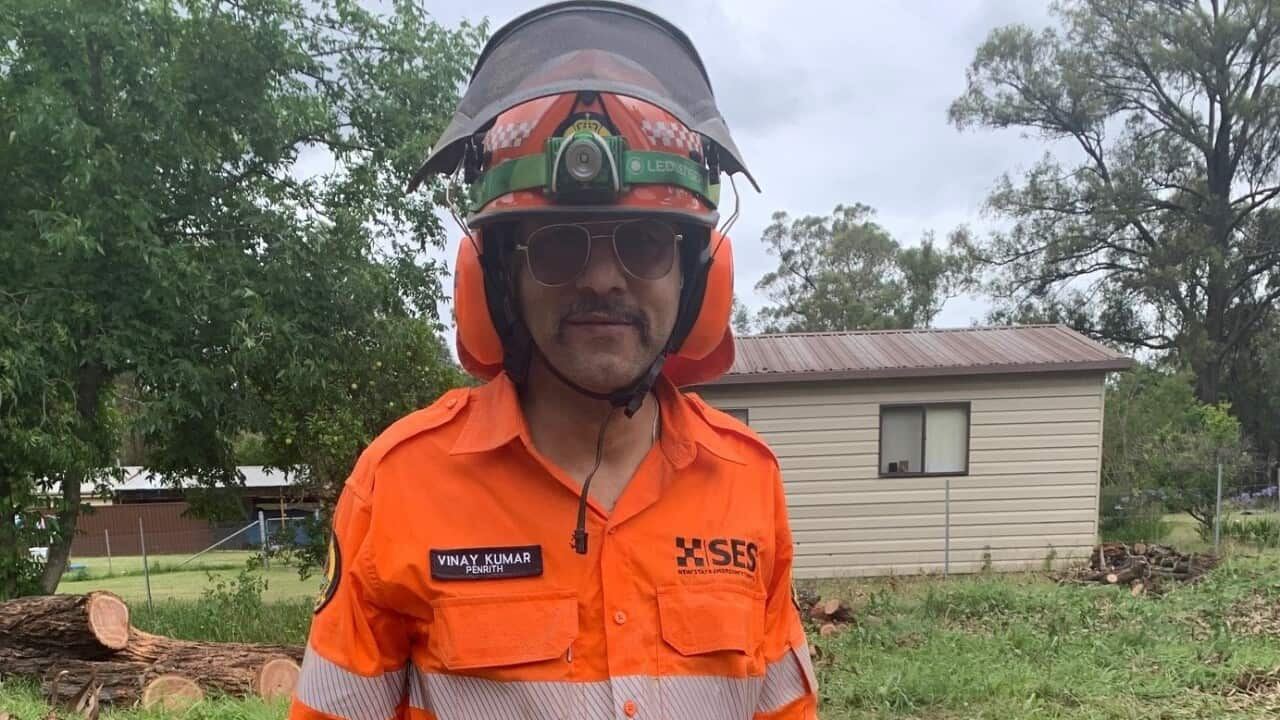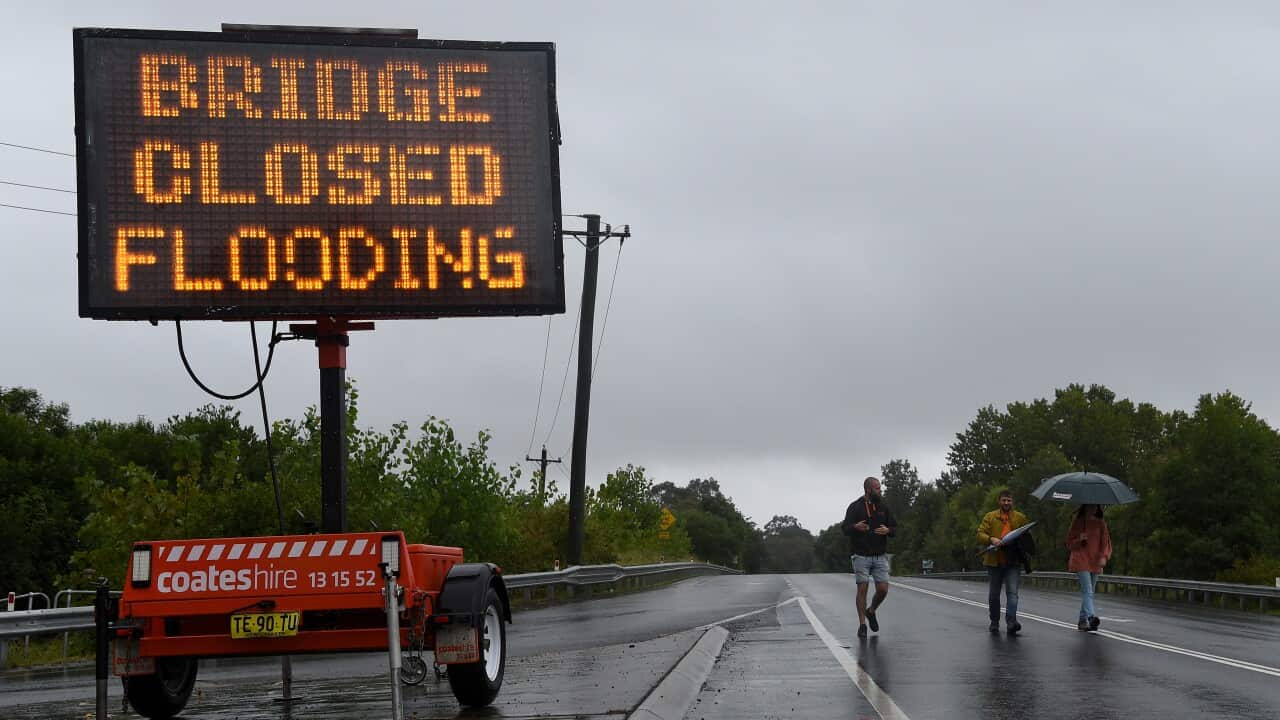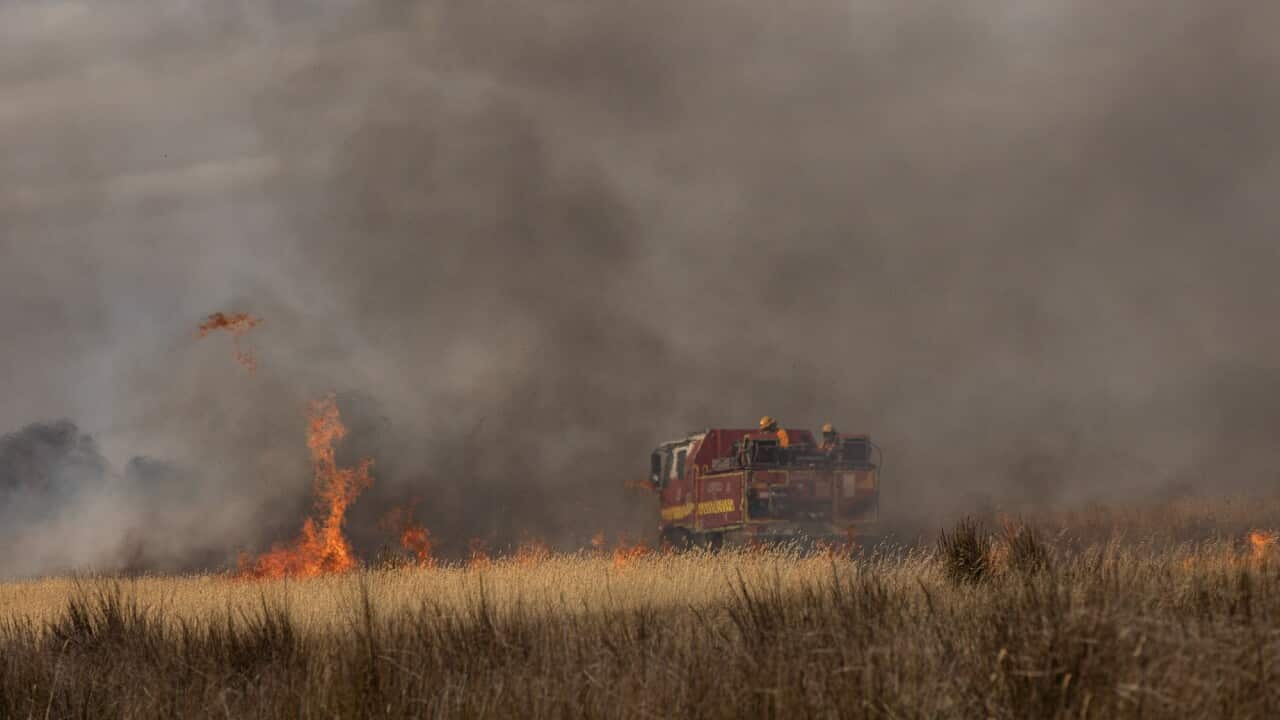Highlights
- Vinay Kumar is actively involved in Sydney’s flood rescue operations.
- He advises not wading through flood water hoping to reach some place safe.
- Use local council and SES website for updates on weather and help, advises Mr Kumar.
“Rains have exceeded our expectations this time and the flood conditions are changing very fast,” says Vinay Kumar just as he begins to talk about the torrential rains and flash floods that have disrupted life in New South Wales.
“Water entered some places before it was anticipated. State Emergency Services (SES) has received almost 10,000 calls for rescue in past four days alone,” he adds.
The situation is fast changing in the state, particularly in north-west Sydney.
“Most calls that we received were for leaking roofs or fallen trees. Many structures are not prepared to withstand this much rain. Out of all calls received in the past four days, about 1,000 were for serious flood rescue,” explains Mr Kumar.
Floods have caused multiple roadblocks in the state and water has come gushing onto motorways.
Mr Kumar strongly warns people against actions that may seem safe but could be dangerous.
“The most important thing to remember is that while trying to reach to a point of safety, do not wade through floodwaters, come what may. There may be debris, or the road might have given way. You may also encounter water snakes. There can be loose power lines that may fallen in the water,” he warns.
He advises people to stay updated through their local council and SES websites.
“The SES website has a dedicated section called ‘My Flood Risk’. You can assess your flood risk here, if you are unsure. Stay tuned to the local radio stations too,” he advises.
Mr Kumar feels preparedness is the key to survival.
“Evacuate immediately when asked to. It is for your safety and the safety of your loved ones,” he emphasises.
He lays down dos and don’ts in the event of evacuation.
“If possible, keep sandbags in front of your locked doors and windows. Tie up heavy items like empty cylinders so that they do not float in the gushing water. Turn off the gas and power,” Mr Kumar advises.
To households with pets, children, elderly people or those with disabilities, Mr Kumar advises chalking out a bigger plan.
“It is always good to have a shareable flood plan, especially when you have dependents. There might be roadblocks or diversions due to extreme conditions on your known routes. One needs to plan ahead to remain safe,” he advises.
He shares an experience from 22 March.
He was on door-knocking duty when his team came received call for help from a family with 20 dogs.
The family had prepared for their own evacuation, but not for the dogs. They reached out to SES on their 132 500 helpline.
SES then evacuated all to safety.
“It was a great learning experience. I have come across many such large property-holders with horses, cattle, lambs and sheep,” he recalls.
As a parting advice he says, “call 000 if your life is in immediate danger. For other emergencies, reach out to the SES helpline.”
The Public Information and Inquiry Centre provides information about the severe weather at any time of day on 1800 227 228. For emergency help in floodwaters, call the NSW SES on 132 500.
Listen to the podcast in Hindi by clicking on the audio icon in the picture at the top.






